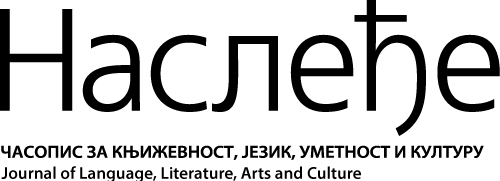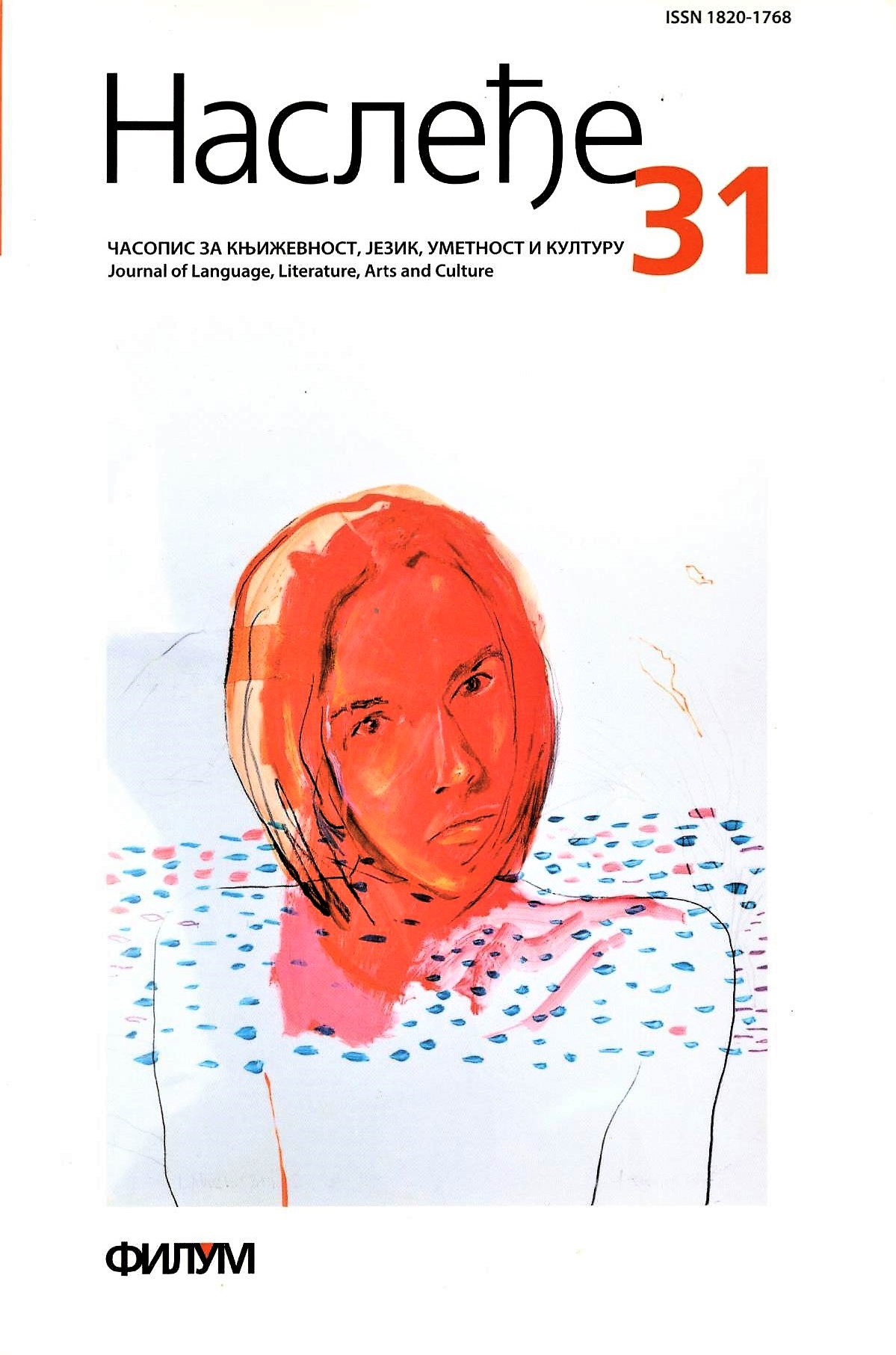USAGE OF LINGUISTIC MEANS IN ADVERTISMENT DISCOURSE
REVIEW FROM THE VIEW POINT OF SPEECH ACTS THEORY AND CRITICAL DISCOURSE ANALYSIS
Keywords:
linguistic means, speech act, illocutionary force, critical discourse analysis, advertisement discourseAbstract
This paper aims to present the inventory of discursive, syntactic and lexical means which are used as the basis for the systematization of typical illocutionary acts in advertising contents. The subject matter of this study is the advertisement discourse which is analysed from the perspective of the pragmatic aspect of the language, i.e. from the perspective of critical discourse analysis. For the purposes of this work, a group of advertisements was selected, all of which had appeared in October and November 2014, both on TV and in the weekly magazines Blic žena, Story and Lepota & zdravlje. The first step was classifying the collected expressions according to the illocutionary force that they performed within the theory of speech acts, which was then followed by a critical analysis of the verbal elements in commercials according to their communicative function. The aim of this advertisement discourse analysis is to describe and integrate the linguistic means which are used to lure potential customers into buying the products in question. Based on the processed data, we have determined the illocutionary force of the linguistic utterance and established which linguistic means are dominant in the verbal strategy of that kind. Critical approach to the discourse has shown the way in which linguistic means serve the purpose of furtive persuasion attempts.
References
Bugarski 1995: R. Bugarski, Uvod u opštu lingvistiku, Beograd: Zavod za udžbenike i nastavna sredstva.
Ferklo 1995: N. Fairclough, Critical Discourse Analysis the Critical Study of Language, New York: Longman.
Gotli 2000: A. Goatly, Critical Reading and Writing, London: Routlegde.
Janković Popović 2012: K. Janković Popović, Modifikatori i Modifikacija značenja u novinskim tekstovima. Prilozi proučavanju jezika, 43, 169‒192, <http://epub.digitalnabiblioteka.tk/index.php/ppj/article/view/247/257> (15. 11. 2014).
Kruz 2000: D. A. Cruse, Meaning in Language: An Introduction to Semantics and Pragmatics, Oxford: OUP.
Lakić 2010: I. Lakić, Analiza medijskog diskursa o ratu. U Vera Vasić (ur.): Diskurs i diskursi, Zbornik u čast Svenke Savić, 269‒282.
Ostin 1962: J. L. Austin, How to Do Things with Words, Oxford: Calderon Press.
Rajić 2012: J. Rajić, Pragmatika reklamnog diskursa. Jezik i društvo, filološka istraživanja danas, Beograd, Vol 1, 185‒194.
Ristić 2009: S. Ristić, Modifikacija značenja i leksički modifikatori u srpskom jeziku, Beograd: Institut za srpski jezik SANU.
Serl 1965: J. Searle, What is a Speech Act? Black, M. (eds.) Philosophy in America. Ithaca, New York: Cornell University Press.
------ 1991: Dž. Serl, Govorni činovi, Beograd: Nolit.
Stabs 1997: M. Stubbs, Worf’s children: Critical comments on CritiAcal Discourse Analysis (CDA). Ann Ryan & Alison Wray (eds): Evolving Models of Language, Clevedon: Multilingual Matters.
Stević 2007: S. Stević, Govorni činovi. Filološki pregled, XXXIV (1), Beograd: Filološki fakultet, str. 31‒60.
Tomić 2003: Z. Tomić, Komunikologija, Beograd: Čigoja štampa.






